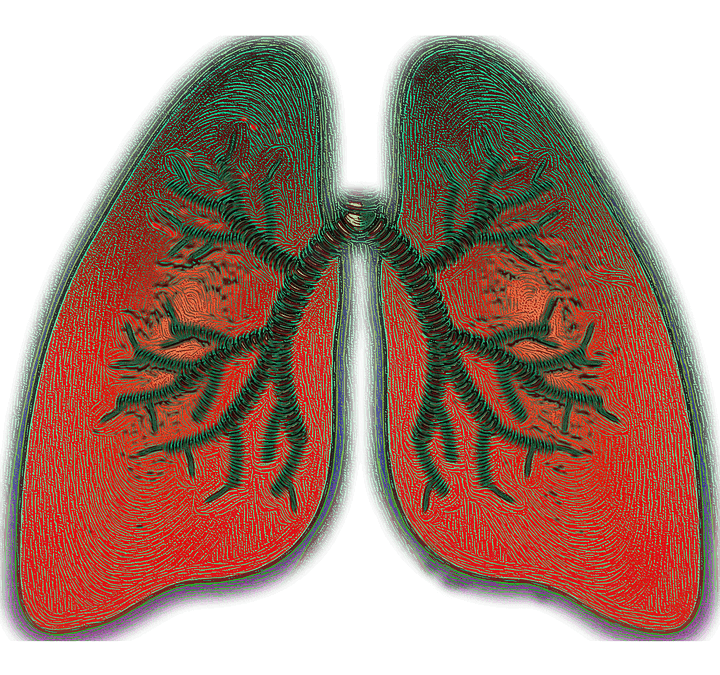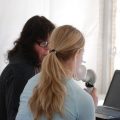Table of Contents
What is Asthma? It is derived from a Greek word which means panting or breathing in a short weak breath. It is a chronic inflammatory disorder of the airway that’s associated with airway hyper – responsiveness, recurrent episodes of wheezing, breathlessness, chest tightness, cough (especially at night or early mornings). What is Asthma? The episodes are variable in nature but widespread obstruction can occur. These asthmatic episodes are reversible spontaneously or using treatments. In this article, you’ll learn and understand what is Asthma?
What is Asthma: Episodic
The symptoms of it can happen in different patterns. These patterns can be classified into two categories: the episodic type and frequent episodic type
When a symptom is under the episodic category, this means that the occurrence of asthma will only be occasional. It is a well – defined symptom and often lasts for just a couple of hours. For some people it can last for a few days. Often times, there’s no symptom in between the attacks.
When it comes to frequent episodic type as the name state; the frequency of asthma attack typically lasts longer. For most people, it can last for a couple of weeks. In the persistent variety of asthmatic symptoms, the patient will experience such symptoms continuously even if the patient is feeling well.
What is Asthma: Classifications
It can be classified into different categories. It is mostly on the basis of various factors such as the underlying causes; severity factors, history, environmental condition, and the likes. On the basis of onset; it can be a childhood onset asthma, adult onset asthma or senior onset asthma.
When it comes to severity: it can be intermittent, mind persistent, moderate persistent and severe persistent. On the basis of the presence or absence of atopy: it can be atopic asthma which is also known as extrinsic asthma or non – atopic asthma which is also known as intrinsic asthma.
On the basis of underlying causes: Asthma can be classified in a variety of way like the exercise induce asthma, drug induce asthma, occupational induce asthma etc.
And finally on the basis of control: it can be classified as controlled, fully – controlled, and partially – controlled. Atopy is the predisposition of an individual to produce immunoglobulin E in response to allergen. Atopic individuals usually have a family history of eczema, hay fever or asthma. These individuals have a tendency to produce abnormally high amount of immunoglobulin E resulting in atopy. Allergy, on the other hand, is the clinical presentation of atopy is known as allergy.
Physical Symptoms and Triggers
When it comes to detecting asthma, doctors usually carry out tests to diagnose symptoms. They also will check the medical history of the patient to see the possible trigger factors, frequency, medications taken etc. Lung function tests are also administered because it’s very useful when it comes to assessing the severity of airflow. The variability of airflow limitation is a good indicator when it comes to diagnosing asthmatic conditions. For instance, if a patient comes in and tell his/ her doctor the symptoms that he/ she has been experiencing; the doctor will know if it falls under the clinical features of this disease or also known as common asthmatic symptoms. You can expect your physician to carry out various tests to confirm this further.
In addition to the clinical symptoms, when it comes to assessing the medical history of a patient; doctors will find out if the patient has had atopy or any form of allergy before. Allergies may include hay fever, eczema, and other allergic reactions that can cause an asthmatic trigger. If there is, then that means there’s a high probability that the condition is asthma. Other triggering factors include exercise, cold weather, certain drugs and chemicals, animal fur, pollen, dust, and emotional stress.
Spirometer
Doctors also use lung function or reversibility tests in order to assess and confirm asthma. One way of knowing this is through using a spirometer.
A spirometer is the preferred method used in detecting the lung’s airway limitation and the reversibility of the airway limitation. The spirometry can measure Force Expuratary Volume in 1 second which is the volume of air that’s forcefully exhaled in the first second. If there’s more than 12% increase or more than 200 milliliter increase after administration then that will indicate that the patient has reversible airflow limitation. It means that the reversibility tests tested positive, and these findings are consistent with this condition.
One important thing to keep in mind is that even if patients don’t show positive results in their reversibility tests, repeated tests will likely be conducted to confirm if whether or not a person is asthmatic.
Peak Expiratory Flow Measurement
This lung test is conducted using a peak flow meter. Usually doctors compare the patient’s previous best peak expiratory flow with the recent findings after administering bronchodilator.
So for instance, if the patient’s peak expiratory flow increases more than 20% or increases 60 liter per minute after administration of bronchodilator compared to his previous best peak expiratory flow finding then that means that the reversibility test is positive.
In cases where the patient shows clinical symptoms but the lung tests results are normal, physicians will advise the person to undergo other kinds of tests including histamine challenge test, exercise challenge test, and other types to confirm the diagnosis. Sometimes it’s hard to diagnose asthma especially in children below five years old as well as senior patients. It can also be difficult to diagnose some cases like exercise induced asthma, cough variant asthma and occupational asthma because these are varieties that may require a thorough examination of the patient’s health history as well as additional lung tests to confirm it.






 I love to write medical education books. My books are written for everyone in an easy to read and understandable style.
I love to write medical education books. My books are written for everyone in an easy to read and understandable style.